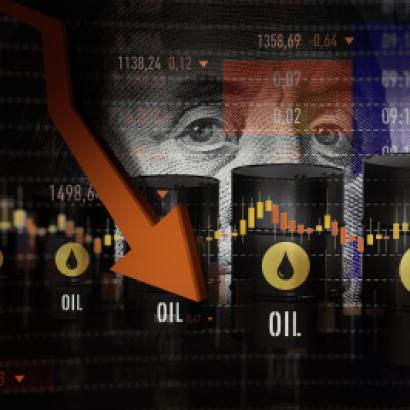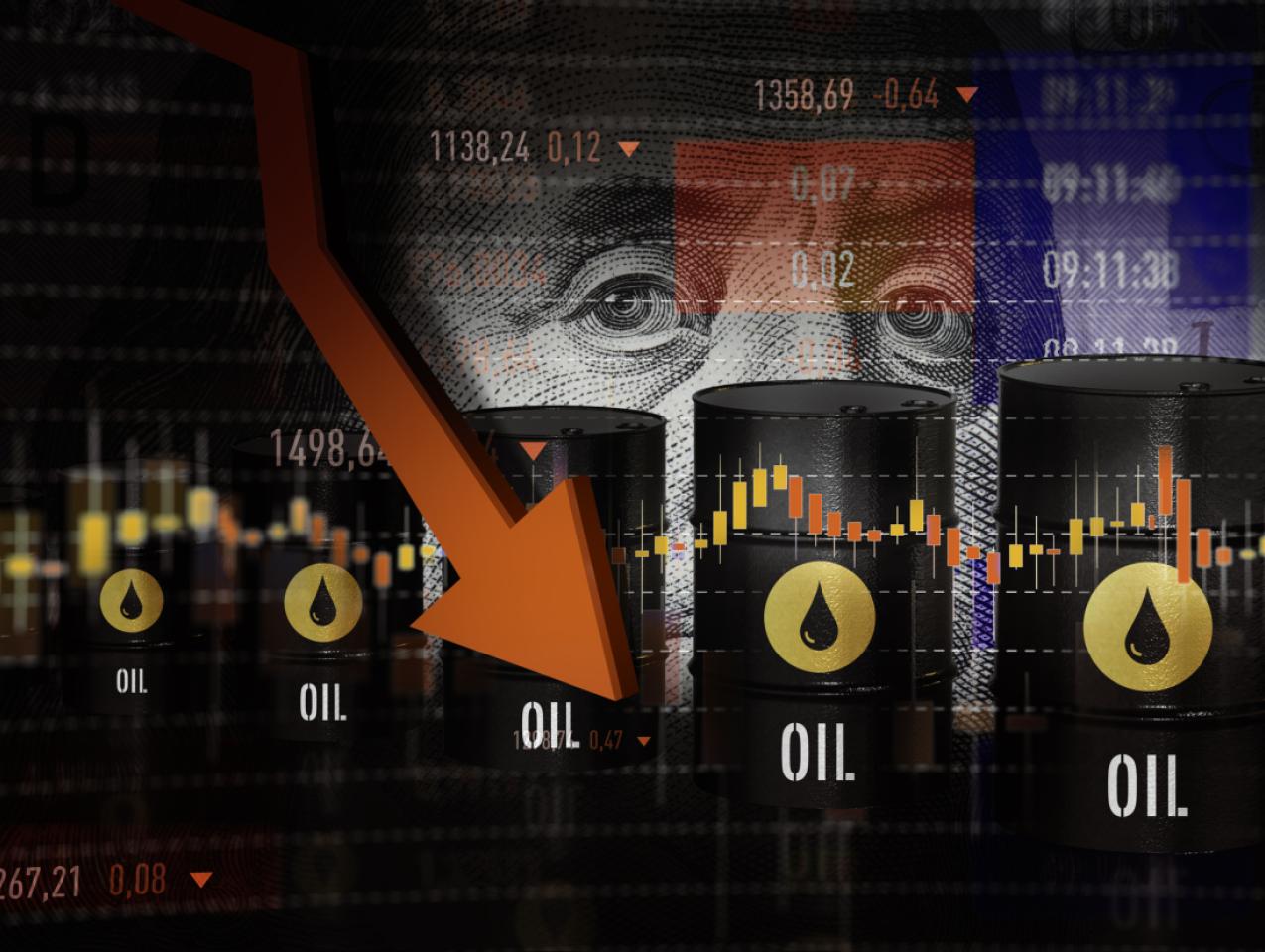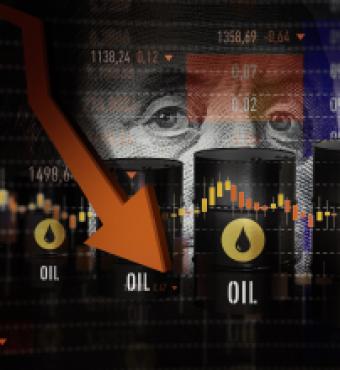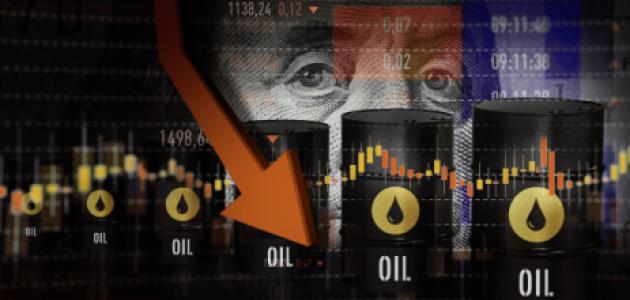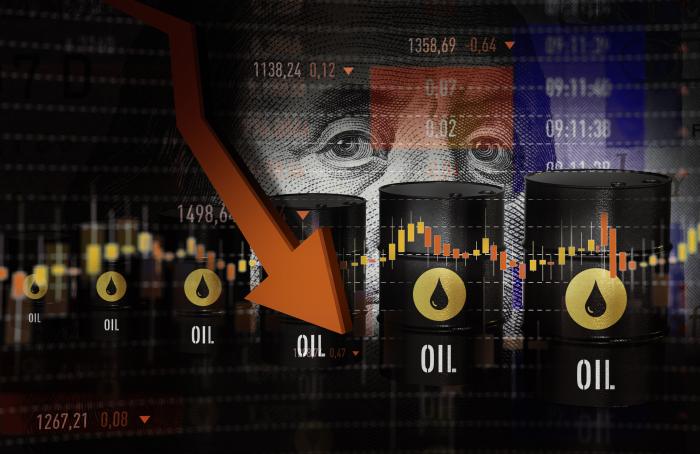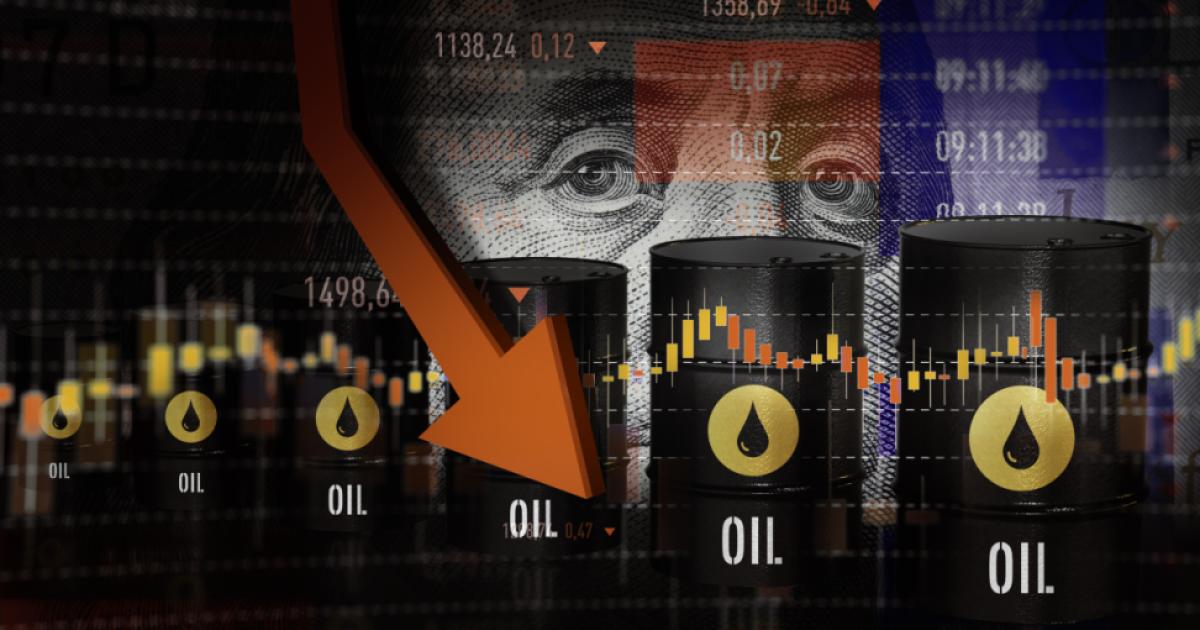- Economics
- Energy & Environment
With the increases in oil prices since late December, it’s time to look at some basic facts about oil prices and oil markets. Doing so will help us understand where the Biden administration has gone wrong and where it has gone right. Yes, you read that correctly: Biden has done one good thing, selling oil from the Strategic Petroleum Reserve (SPR). If he followed my advice, he would do two more good things: push to repeal the Jones Act and make clear that he will drop his opposition to fossil fuels. The sale from the SPR helps us consumers and reduces Russian’s oil revenues. Repealing the Jones Act also would help us consumers and allowing more domestic oil production would cause future prices to be lower than otherwise, making us consumers better off and hurting the Russians in the longer term.
First, it’s important to understand how world markets work.
The World Oil Market is a World Oil Market
President Biden’s announced reduction in oil bought from Russia will have little effect on the price of oil. The reason is that oil is sold in a world market. If the US government refuses to allow Americans to buy oil from Russia, Americans will buy oil from some other countries. Then the Russians will look around for other buyers and will find them because some buyers who used to buy oil that we are now buying will shift to Russian oil. It’s like a game of musical chairs, except that the number of chairs equals the number of players. That would be a boring game and would last a long time, but in international trade, boredom and interminability have their uses.
The cutoff of Russian oil probably increased the price we pay for oil by a slight amount by slightly raising transportation costs. Presumably the reason we were buying Russian oil is that the price we paid for that oil plus the transportation cost was lower than the price plus transportation cost from some other suppliers. One factor that affects transportation costs is the Jones Act, which explicitly discriminates against domestic shippers and in favor of foreign shippers. More on that later.
The Strategic Petroleum Reserve
When I was the senior economist for energy with President Reagan’s Council of Economic Advisers, one of my bosses, the late William A. Niskanen, and I both advocated having the US government sell off the Strategic Petroleum Reserve. Our reason was simple: the SPR wasn’t strategic and instead was run bureaucratically with no clear goal in mind. We were understandably pessimistic that our advice would ever be taken and so, as a fallback, we proposed a price rule: have the SPR sell oil when the price goes above a certain level and buy oil when it goes below a certain level. The numbers we had in mind in 1984 were $40 at the top and $20 at the bottom. Oil prices during the early 1980s fluctuated between $37.42 in 1980 ($127.83 in 2022 dollars) and $29 in 1985 ($70.36 in 2022 dollars.)
Why did we advocate a price rule? Because the original stated purpose of the SPR was to protect us from oil supply cutoffs. As long as the US government avoided price controls on oil, a lesson learned the hard way in the 1970s, there would never again be a shortage, a situation in which the amount demanded exceeded the amount supplied. Instead, when oil supplies fell relative to demand, the price would increase. A nimble administrator of the SPR could lean against the high price by selling. But we didn’t trust a salaried federal bureaucrat to be nimble. Thus our advocacy of the price rule.
That advice wasn’t taken either. But now President Biden has decided to sell oil from the SPR and that’s a particularly good idea now. Explaining why requires a short explanation of how futures markets for commodities work.
Contango
In normal times, the relationship between the spot price of oil (the price you pay for delivery today) and the futures price for delivery in, say, a year, is one of “contango.” If you’re picturing people dancing in step with each other, you’re not far off. Contango means that the spot price is less than the futures price, but it also implies that the spot and futures prices move together.
With contango, today’s futures price for delivery a year from now is higher than the spot price (the price for delivery today) by an amount that compensates for storage, insurance, and forgone interest. So, for example, if the price today is $100, the interest rate is 2 percent, and storage and insurance cost $3 per barrel, today’s futures price for delivery in one year will be $105 ($2 for the interest cost of holding one’s wealth in oil rather than in an asset earning 2 percent, plus the storage and insurance cost of $3.)
What assures this result is what financial economists call arbitrage. If the futures price for delivery in one year were, say, $106, then arbitrageurs would buy in the spot market for $100 and simultaneously sell in the futures market for $106, making a profit of $1. Other arbitrageurs, seeing this, would also buy spot and sell futures, driving the spot price up and the futures price down until the difference in prices just compensated for the cost of interest, insurance, and storage.
The same reasoning goes in reverse if the futures price is, say, $104. Then arbitrageurs would buy in futures market and simultaneously sell in the spot market, driving the futures price above $104 and the spot price below $100 until the difference in prices compensated for the costs of holding.
What’s great about futures markets is that they act as a distant early warning system for problems in the future. If, for example, speculators expect much higher demand in the future or much lower supply, they think that the price in the future will be higher. So they buy futures contracts. As more speculators do this, that causes futures prices to rise. Arbitrageurs, noting the increased gap between spot and futures prices, buy spot and sell futures. Buying on the spot market to store for the future drives the spot price higher. We consumers respond by using somewhat less today. That saves oil for the future, when oil will be scarcer. A wise and benevolent central planner—there is no such person, by the way—would want that. Who hasn’t heard of the biblical seven years of abundance followed by seven years of famine? But we get that result without a central planner and with speculators and arbitrageurs simply trying to make money.
Backwardation
Every so often, though, the futures price today for delivery in, say, a year is less than the spot price. This relationship between the spot and futures price is called “backwardation.” The spot market is telling us that oil is more valuable now than it will be, say, a year from now.
In such a situation, arbitrage can’t work, for one simple reason: there is no time machine that lets us move oil from the future, when it will be less scarce, to the present, when it is scarcer.
We are in that situation today. On Monday, March 14, the spot price of oil closed at $103.01, while the June 2023 futures price closed at $81.11.
That gives an opening to the federal government to make money by selling today. The feds can sell from the SPR at the market price and thus do Americans a favor in two ways: they can increase their revenue and thus, drive down the federal deficit slightly, and they can drive oil prices slightly lower.
Imagine that the price is $120 and that the feds sell 800,000 barrels per day, which would amount to about a 1 percent increase in world supply. Because small changes in supply cause large changes in price, a situation that economists label inelastic demand, a 1 percent increase in supply could bring down world prices by as much as 10 percent, to about $108. We consumers would gain, the feds would make about $108 million a day, and Russian oil exporters would lose. Sounds like a good deal to me. Should we worry that selling from the SPR will exhaust SPR oil? No, for two reasons. First, the SPR currently has about 600 million barrels and total sales are projected to be no more than 50 million barrels. Second, as noted earlier, the SPR is run bureaucratically rather than strategically and so it wouldn’t be a bad idea to sell it off over time.
By how much have President Biden’s sales from the SPR reduced oil prices? We don’t know. What we do know is that because of those sales, oil prices are lower than otherwise.
The Jones Act
The Jones Act, passed over a century ago, requires shipments between US ports to be on US-built and -owned ships manned by US crews. Those requirements make shipping between US ports more costly than if people were able to use foreign ships. One unintended, but completely predictable, consequence has been that people in many parts of the United States buy abroad rather than buying domestically because the transportation costs are so much lower. Maryland and Virginia, for example, could buy rock salt to put on roads in winter from the world’s largest producer of rock salt, namely the United States. But that would require shipping in US-built and US-crewed ships. So instead of buying it from Louisiana, they buy most of it from Chile.
While we will be able to replace the Russian oil with other oil, one thing that makes it more expensive to replace it with US oil is the Jones Act. As Cato Institute policy analyst Colin Grabow recently noted, the high Jones Act–induced cost of shipping oil between US ports biases the United States towards importing oil. Grabow pointed out that whereas the US president had been able to waive Jones Act enforcement temporarily, the 2020 National Defense Authorization Act narrowed this authority substantially. A reasonable measure would be to change the law to give the president waiving authority if the Russian attack on Ukraine is ongoing. The result would be slightly lower oil prices.
What About Increased Domestic Production?
One obvious way to bring down the price of oil is for the federal government to allow more domestic production of oil. Only seven days into his time in office, Biden made clear his hostility to domestic oil production by signing an executive order that directed his interior secretary to halt new oil leases on federal land and to review existing permits.
After that order, thirteen attorneys general sued and won: a federal judge in Louisiana blocked the order. Now what’s holding things up is a decision by another federal judge, Rudolph Contreras of the District Court for the District of Columbia, to void the sale of drilling rights on 1.7 million acres on the Gulf of Mexico’s Outer Continental Shelf. So the federal government is standing in the way. In the short run, it’s a federal judge, rather than Biden, who is discouraging production. But in the longer run, Biden deserves much of the blame.
Here’s why. When private companies and individuals make investments, one factor they try to assess is whether governments will stop them or regulate them more. Those factors affect their return on investment. That’s particularly relevant for investment in oil exploration and production, where there’s often a long lead time. If they judge that the regulatory climate for investment is negative, they will invest less than otherwise and we will have less domestic oil production in the future than otherwise. So while Biden can’t be clearly blamed for high oil prices today, his overall hostility to domestic oil production will certainly be responsible for prices a year or a few years from now being higher than otherwise.
Are we concerned only about the next few months? Wouldn’t it be nice to have cheaper oil one to three years from now, along with a reduction in the wealth that Bad Vlad controls? Governments too often engage in short-term thinking. They don’t have much incentive to think about the long term. That’s why we’re in many of the messes we’re in. But we shouldn’t imitate them; in our thinking about good policy, we should do better than governments for whom a month is a long time.
Our energy present and future would be brighter if Congress repealed or weakened the Jones Act and if Congress and the president did a U-turn and ended their hostility to fossil fuels.








